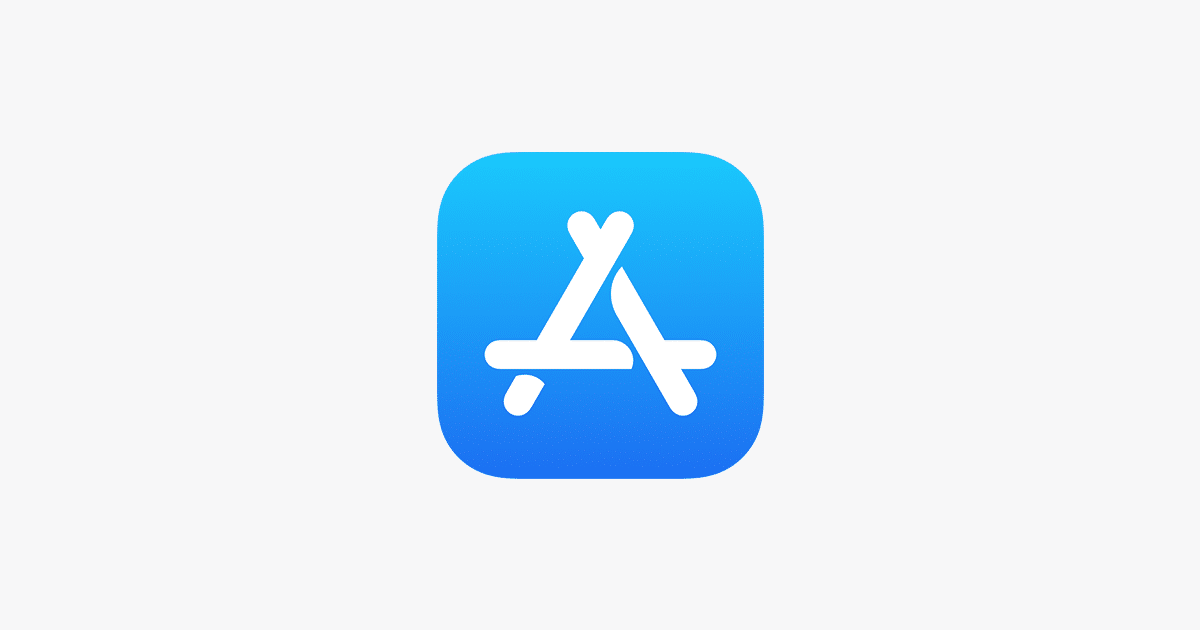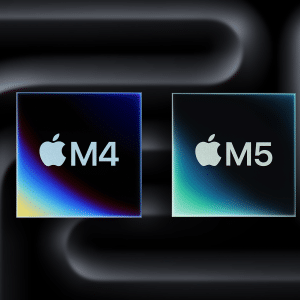The App Store has always been central to Apple’s software and services strategy. With millions of apps available, offering robust tools to developers ensures that the marketplace remains vibrant and competitive. The newly introduced App Store in-app purchase tool is designed to streamline in-app monetization options, making it easier for developers to manage their offerings while enhancing the user experience.
Why the New Tool Matters
In-app purchases have become a key revenue driver for developers, accounting for a significant portion of app-related earnings. However, managing these purchases, customizing pricing tiers, and experimenting with new offerings can be complex. The new App Store in-app purchase tool simplifies these processes, enabling developers to implement changes with greater agility.
This tool also allows developers to create more personalized purchase options, such as limited-time bundles, regional pricing, and exclusive content offerings—all designed to cater to diverse user needs.
Key Features of the App Store In-App Purchase Tool
While the tool is still in its early rollout phase, Apple has shared insights into its primary functionalities.
1. Customizable Purchase Options
One of the most notable features of the App Store in-app purchase tool is the ability to create customizable purchase options. Developers can now design bundles, offer discounts, or introduce time-limited offers directly within the App Store interface.
This added flexibility allows developers to experiment with pricing strategies, making it easier to attract new users or encourage existing users to upgrade.
2. Advanced Analytics Integration
The new tool integrates seamlessly with App Analytics, giving developers detailed insights into how users interact with in-app purchases. Metrics such as conversion rates, revenue impact, and user engagement are now more accessible, enabling data-driven decisions.
By understanding user behavior, developers can fine-tune their offerings to better meet customer needs and optimize their monetization strategies.
3. Streamlined Localization Support
Global apps face the challenge of adapting their pricing and offerings for different regions. The App Store in-app purchase tool includes enhanced localization capabilities, allowing developers to set region-specific prices and promotions with ease.
This feature ensures that apps remain competitive in diverse markets by addressing local economic conditions and user preferences.
The Impact on Developers and Users
The introduction of the App Store in-app purchase tool marks a significant shift in how developers can approach monetization.
For developers, this tool represents an opportunity to innovate. By simplifying the process of creating and managing in-app purchases, Apple is encouraging developers to experiment with new revenue models. This could lead to a surge in creative app offerings, benefiting users and the App Store as a whole.
Smaller development teams, in particular, will appreciate the efficiency gains from this tool. By reducing the complexity of managing in-app purchases, they can focus more on app development and user engagement.
From a user perspective, the tool’s focus on customization and localization means better options and more relevant offerings. Whether it’s a tailored subscription plan, an exclusive bundle, or a regionally optimized price, users stand to benefit from a more personalized App Store experience.
Additionally, the ability to test and optimize in-app purchases could lead to better value for users, as developers refine their offerings based on real-world data.
Apple’s Broader Strategy with the App Store
The introduction of the App Store in-app purchase tool aligns with Apple’s ongoing efforts to maintain its leadership in the app marketplace.
Apple has faced criticism from developers in recent years regarding its App Store policies. By introducing tools that simplify monetization and offer more flexibility, Apple is signaling its commitment to supporting the developer community.
This move could help strengthen relationships with developers, ensuring the App Store remains a preferred platform for launching and scaling apps.
As competitors like Google Play continue to enhance their own developer tools, Apple’s latest update ensures it stays ahead of the curve. The App Store in-app purchase tool highlights Apple’s focus on innovation and its ability to adapt to evolving industry trends.
Real-World Applications of the In-App Purchase Tool
To better understand the potential impact of this tool, let’s explore some practical applications.
Gaming developers can use the tool to introduce seasonal bundles, limited-time offers, or exclusive in-game items. These dynamic options could enhance engagement and encourage players to make purchases.
Apps offering subscription-based services, such as fitness or productivity tools, can experiment with different pricing tiers or trial periods. By analyzing the data provided by the tool, developers can identify the most effective strategies to retain subscribers.
For educational apps, the tool could enable localized pricing for regions with different economic conditions. This approach ensures that learning resources remain accessible to a wider audience.
What’s Next for the App Store?
The App Store in-app purchase tool is just the latest step in Apple’s journey to enhance its app marketplace. Looking ahead, we can expect Apple to introduce even more developer-centric tools, such as:
- Expanded support for augmented reality (AR) purchases.
- Advanced AI-driven analytics for in-app engagement.
- Deeper integration with other Apple services like Wallet or Pay Later.
These developments will further solidify the App Store’s position as the go-to platform for app innovation and user satisfaction.
The App Store in-app purchase tool is a game-changer for developers, offering them unprecedented control over their monetization strategies. With features like customizable options, advanced analytics, and localization support, this tool empowers developers to create more engaging and user-focused apps.
As Apple continues to innovate and respond to developer feedback, the future of the App Store looks bright. For users, this means a richer app experience with more personalized offerings and value-driven options.
Whether you’re a developer looking to optimize your app’s revenue or a user exploring the App Store, the new tool is poised to make a lasting impact on the app marketplace.







